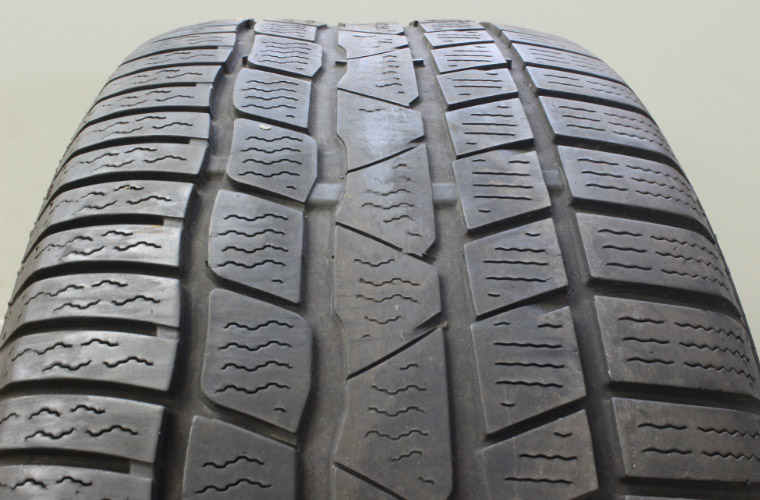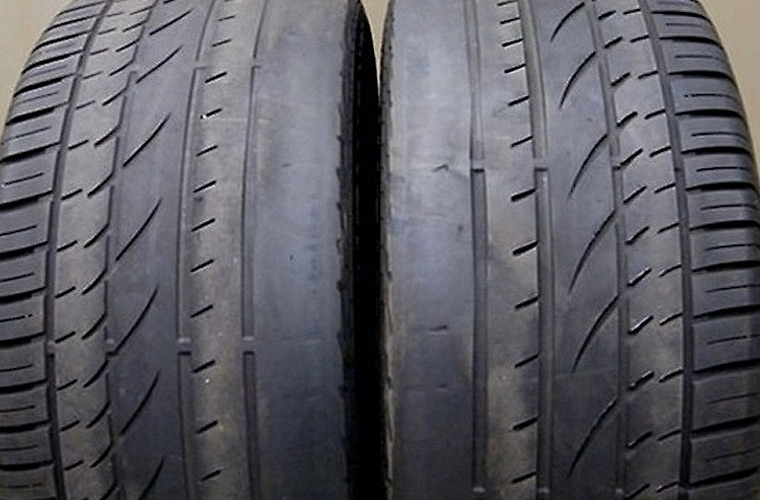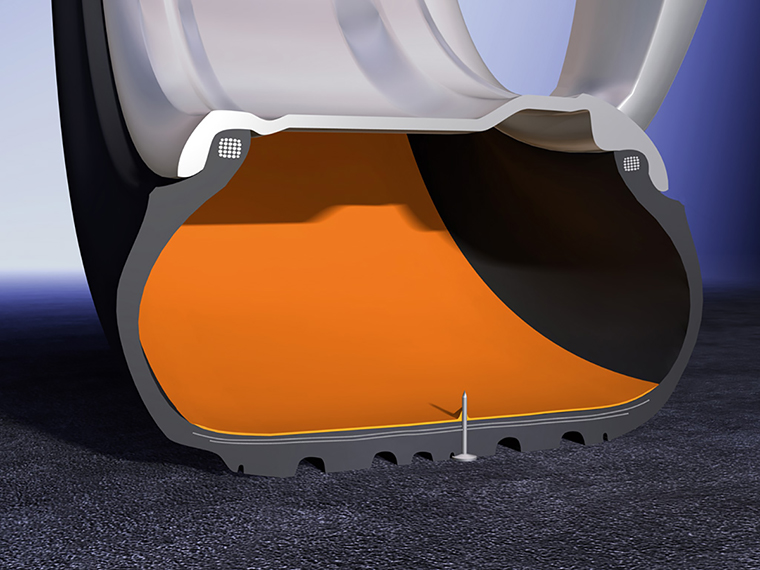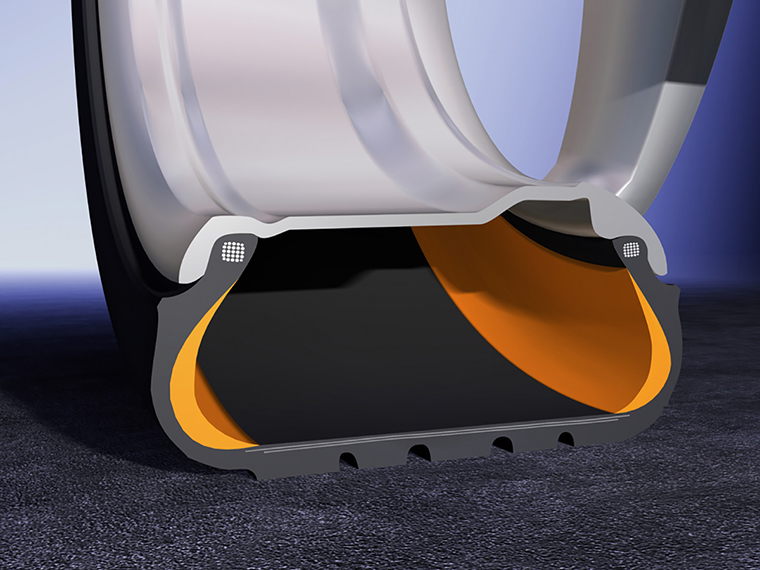No one needs reminding of just how busy and distracting modern life has become. There seems to be constant pressure on us all in our daily lives. This is often the case when it comes to driving, what with rushing from A to B and having to keep an eye on all of our fellow motorists. And once we get ‘there’, and back, something else typically pops up to keep us either busy or distracted. So it’s little wonder that the majority of drivers aren’t aware that the tyres on their cars may be damaged until it’s way too late.
The fact is, we don’t always know when our tyres have been impaired. Damage to the compounds surrounding our wheels results in some of the most dangerous situations that we will experience as motorists. Our tyres are vital since they’re the only part of our car that’s in contact with the ground. Any harm they’ve incurred will often lead to serious problems. It’s time to examine the kind of damage to our tyres that we all need to keep an eye open for. If we don’t, there will be consequences.
Tyre Cuts
Any cuts in or on your vehicle’s tyres are dangerous. They occur when the likes of exposed bodywork, debris from accidents, or poor road surfaces slice against the tyre, causing a rip in the compound. In the worst-case scenario, cuts can lead to immediate tyre failure, though thankfully this is not often the case. Typically, most cuts will occur on the tyre sidewalls. If you find an incision on your tyre or a chunk of rubber – no matter how minor – missing from your tyre, you should get it examined by your nearest tyre professional immediately.
Tyre Bulges
Bulges on your tyres occur due to heavy impacts with solid objects. These impacts are usually unavoidable, such as when having to swerve suddenly and striking a kerb. Your vehicle will get over the kerb fine, but as a result of such an incident, you might notice that your tyre is bulging at the point of impact. A bulge on the sidewall indicates destroyed cords inside the tyre carcass. While not necessarily immediately dangerous, the bulge increases the chance of the tyre subsequently failing. While the tyre may have absorbed the impact and survived, this is now a weak spot that is likely to give way at any time – especially problematic if you’re travelling at high speed. Again, as with cuts, we recommended you get it checked as soon as possible.


Irregular Tyre Wear
Tyre wear is a natural occurrence. The speed of wear is down to the individual driving style, as well as how often you drive. Ultimately, all tyres will wear down to the road-legal minimum of 1.6mm and – by law – need replacing. That said, sensible drivers in the know change their tyres at 3mm since it’s at this point that tyre tread starts to rapidly deteriorate. As a result of this accelerated wear, the grip becomes much harder to achieve, particularly in wet weather conditions.
Problems arise, however, if your tyres start to wear irregularly. Ideally, wear should take place evenly across the width of the tyre. Irregular wear occurs at the outer edges, or only at the tyre centre. There are many reasons why this takes place, such as misaligned suspension geometry. This situation results in additional force and loads being put on to the side of the tyre that is affected.
More commonly, irregular wear takes place due to having the wrong tyre pressures. The way your tyres are inflated directly affects how they wear down. If they’re over-inflated, the pressure is forced to the centre of the tyre, and as a consequence, the edges lift away from the road. Not only does this unnecessary wear occur at the centre of the tyre (in the place where you need grip the most) but the tyre contact patch is reduced, further limiting grip.
In the case of under-inflation, the outer edges of the tyre make too much contact with the road, resulting in unnecessary wear. This also makes the tyre harder to turn, requiring more fuel to achieve. That means it will cost you more money at the petrol station, something no one wants, right? Learn more about tyre pressures.
Punctures
Punctures are a familiar kind of tyre damage that everyone will experience. Punctures occur when sharp objects left the road’s surface (such as nails, screws, broken glass and pieces of metal) penetrate the surface of the tyre sufficiently to cause air to leak out. A characteristic and obvious sign of a puncture is a deflated tyre, but if relatively recent you may not even realise that air is coming out.
There’s nothing you can do once you’ve sustained a puncture, right? Not so. In fact, drivers can negate the effects of a puncture by fitting Continental’s Contiseal™ and SSR Self-Supporting Runflat tyre technology.

With ContiSeal™ an internal resin instantly seals puncture holes that are up to 5mm wide. This process retains the air inside the tyre and provides drivers with safe, extended mobility with unaltered mileage. Thanks to ContiSeal™, there’s no immediate need to stop for a roadside tyre change, allowing you to calmly and safely get to a garage to fit a replacement.
Continental SSR technology is equally impressive. Thanks to reinforced sidewalls, SSR tyres are self-supporting and retain their vertical rigidity. This negates the need for an immediate roadside stop to change tyres and provides drivers with the opportunity to safely travel for a further 50 more miles (at up to 50mph) to a garage to fit a replacement. Continental SSR tyres are compatible with all conventional wheel rims.

Disposing of Tyres Responsibly
It’s better to be safe than sorry, and if it’s determined that your tyres should be replaced it’s important to dispose of them correctly. In the EU, it’s illegal to discard tyres in a landfill site, since they can cause an environmental hazard. There’s no need, since most tyre fitting retailers and experts recycle tyres, like Continental.
In 1992, Continental became the first tyre company to take responsibility for the disposal of its own product. The manufacturer created a subsidiary company, called REG, that specialises in the recycling of tyres. Many of their old tyres now find a new life in the construction industry. The tyres are often used in the building of roads and in building materials, as well as community facilities such as running tracks, and sports grounds that employ artificial grass. Learn more about disposing of tyres.
